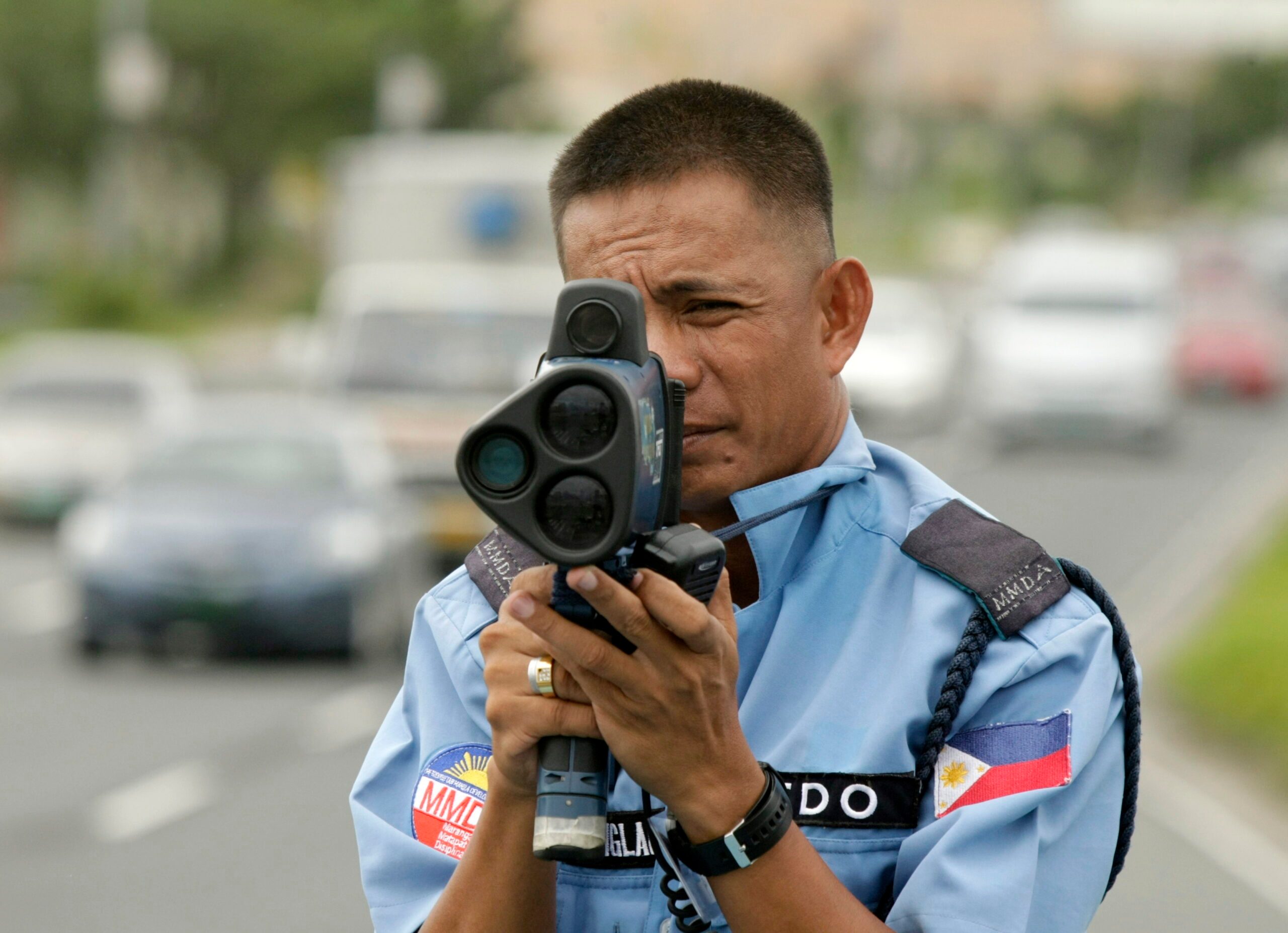SUMMARY
This is AI generated summarization, which may have errors. For context, always refer to the full article.

MANILA, Philippines – The Metropolitan Manila Development Authority (MMDA) is set to re-implement its no-contact apprehension policy, where motorists caught violating traffic rules through closed circuit television (CCTV) camera footage will be fined.
MMDA Chairman Emerson Carlos said the policy, which was approved by the Metro Manila Council on Tuesday, February 16, is expected to be implemented by March. It will take effect 15 days after its publication in a newspaper of general circulation.
Under the policy, the agency’s 400 CCTV cameras and even ordinary smartphones and digital cameras will take video clips of motorists caught committing “moving violations,” such as beating the red light or overspeeding. The camera will capture the vehicle’s plate number and the files will be stored on the MMDA’s database.
Erring motorists will be issued notices. They will be given 7 days from receipt of the notice to either pay the fines or to contest the violation with the MMDA’s traffic adjudication division.
If violators fail to settle the fines even after a final notice is issued to them, the vehicle’s plate number will be submitted to the Land Transportation Office, with the recommendation that the vehicle’s registration not be renewed until the fines are settled.
Carlos said the policy aims to improve the agency’s effectiveness in catching erring motorists – even without the physical presence of traffic enforcers.
“We want it known to the public that somebody is watching you. To motorists, don’t think that if you don’t see any traffic enforcer, you can violate traffic rules,” Carlos said.
The MMDA chief added that the no-contact apprehension policy will lessen opportunities for bribery and corruption.
“If there is no human factor, there will be no chance for negotiation, and therefore we can limit bribery and corruption on the road,” he said.
It will also avoid worsening traffic whenever traffic enforcers flag down violators on the road, Carlos added.
“If traffic constables chase after erring motorists, that will take time. You issue a ticket, the motorist will argue with you. There won’t be enough time to catch other violators while you’re apprehending this particular vehicle,” he said.
Violations to be evaluated
But Carlos assured motorists that the policy won’t be arbitrary. MMDA enforcers will evaluate CCTV footage at the end of the day to make sure that only those who committed clear traffic violations will be issued notices.
“We make it a point that only those with clear violations will be issued summons… There is a margin of error,” he said. “We won’t send summons if there is any doubt about the violation. For example, if we weren’t able to get the plate number, we can’t just guess the missing data. We have to be sure that it’s very clear that the video will stand under any court.”
The no-contact apprehension policy was previously implemented in 2011, but only for 6 months. During that period, Carlos said the agency was able to catch more than 1,000 violators and increase revenue from overspeeding motorists.
But the policy does not mean that CCTV cameras will replace traffic personnel on the road. Carlos said that the cameras will act as a supplement, catching those who commit moving violations since they won’t be able to cover those committing administrative violations, or violations that involve checking registration papers and franchises. – Rappler.com
Add a comment
How does this make you feel?
There are no comments yet. Add your comment to start the conversation.